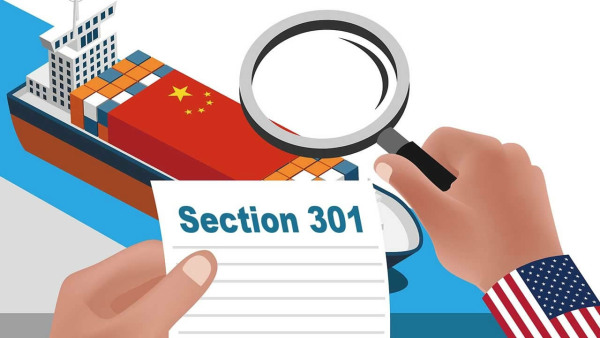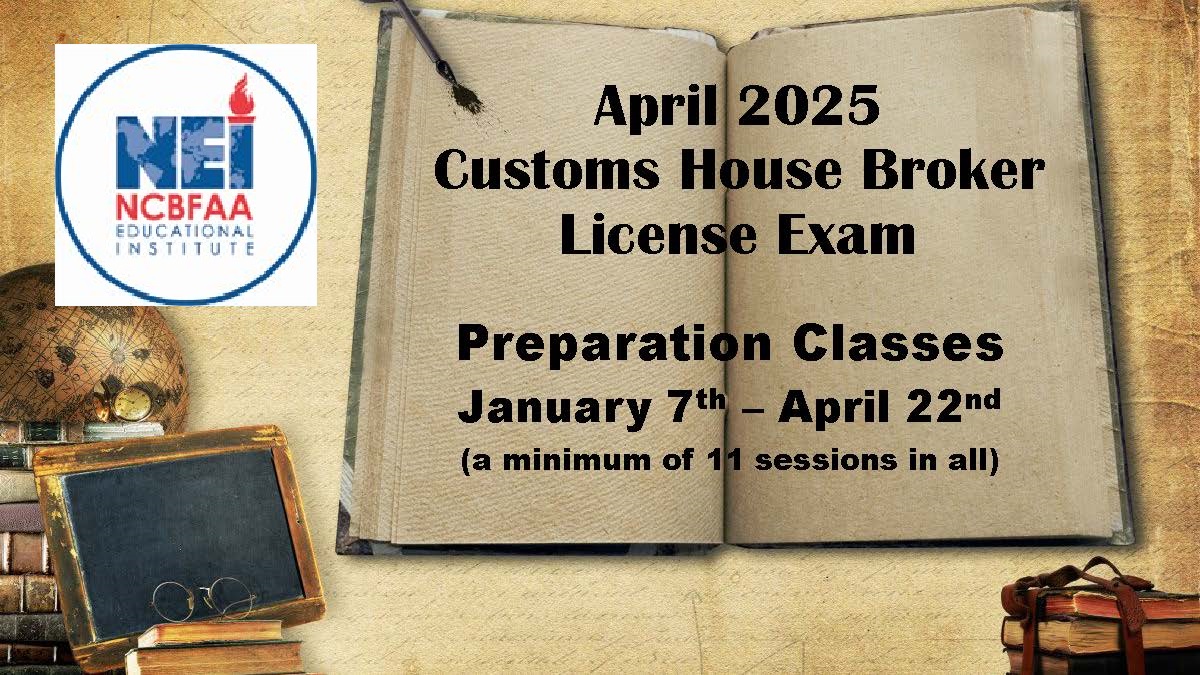Pursuant to two Presidential Proclamations, the Section 232 national security tariffs in place with respect to imports of steel and aluminum articles from member countries of the EU (that are melted and poured in the EU in the case of steel) have been eliminated with respect to quantities specified in new tariff rate quotas. Imports of aluminum articles must be accompanied by a certificate of analysis. Imports of EU steel and aluminum articles in excess of the new tariff rate quota quantities remain subject to Section 232 duties.
This action, which is pursuant to an agreement reached with the EU, took effect with respect to goods entered, or withdrawn from warehouse, for consumption, on or after January 1, 2022 and will remain in effect with respect to steel through December 31, 2023 (unless modified) (no end date is specified with respect to aluminum – simply that the action “shall continue in effect, unless such actions are expressly reduced, modified, or terminated”). The tariff rate quotas will be monitored and may be revisited as appropriate.
The U.S. also agreed to renew for two calendar years all product exclusions that were granted and utilized to import steel products tariff-free from the EU in Fiscal Year 2021. Steel goods entered under such exclusions will not count towards the tariff rate quota (this is not the case for aluminum goods).
Notably, the recent action also ended the Section 232 duties with respect to EU derivative steel and aluminum products that had previously been subject to such duties. With respect to steel, derivative products included such things as nails, tacks, drawing pins, corrugated nails, staples, bumper stampings of steel, certain accessories of motor vehicles, and body stampings of steel for tractors suitable for agricultural use. With respect to aluminum, derivative products included such things as stranded wire, cables, plaited bands, and slings, whether or not with steel core.
In a related development, the steel proclamation directs the Department of Commerce (“DOC”) to publish notice in the Federal Register, within 45 days (by February 10, 2022), seeking comments on the Section 232 exclusion process. Issues to be addressed include: a) the responsiveness of the exclusion process to market demand; b) enhanced consultation with U.S. firms and labor organizations; and, c) whether the current criteria for determining whether an article is available in a sufficient quality and quantity is appropriate.
A proposed regulation revising the exclusion process as deemed appropriate following consideration of such comments is to follow within 60 days of the close of the comment period. DOC is to then issue a final rule setting forth any changes to the exclusion process within 60 days of the comment period to be set forth in the proposed regulation.
Should you have any questions in connection with the above development or the Section 232 tariffs generally, please reach out to Arthur Bodek or any of our other attorneys.




